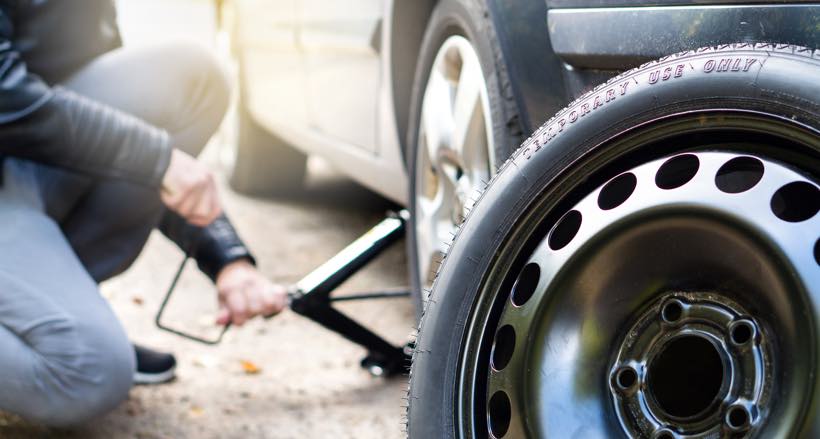Education & Help
Checking your tire air pressure
2 min read time

How to do it. When to do it. And where to find out how much air is recommended for your tires.
Maintaining the recommended tire pressure is not only important for safety reasons, but it can also help you get more miles out of your tires and impacts your fuel economy.
To determine how much air your tires need, reference your owner’s manual or the placard inside your vehicle — often located in the glove compartment, the driver's doorjamb or inside the fuel cap door on 2002 and newer model-year vehicles. It’s best to use the pounds per square inch (PSI) indicated in your owner's manual instead of the numbers outlined on the tire sidewalls because they apply to maximum pressure for that tire. Don't try to "eyeball" tire pressure. Tires can appear fully inflated even though they are not at recommended inflation levels.
It’s important to check tire pressure monthly, and we include it as part of The Works® Synthetic Blend Oil Change. Your local Quick Lane® can check it for you, or you can check it on your own. First, make sure your tires are cold – pressure can vary when the tires have warmed up from driving. Grab your tire pressure gauge. Unscrew the valve cap on the tire and press the gauge into the valve stem. Read the number on the tire gauge, and compare it to the recommended PSI level. Add air if needed. Don’t forget to check the pressure in your spare tire, too.
Source: nhtsa.gov